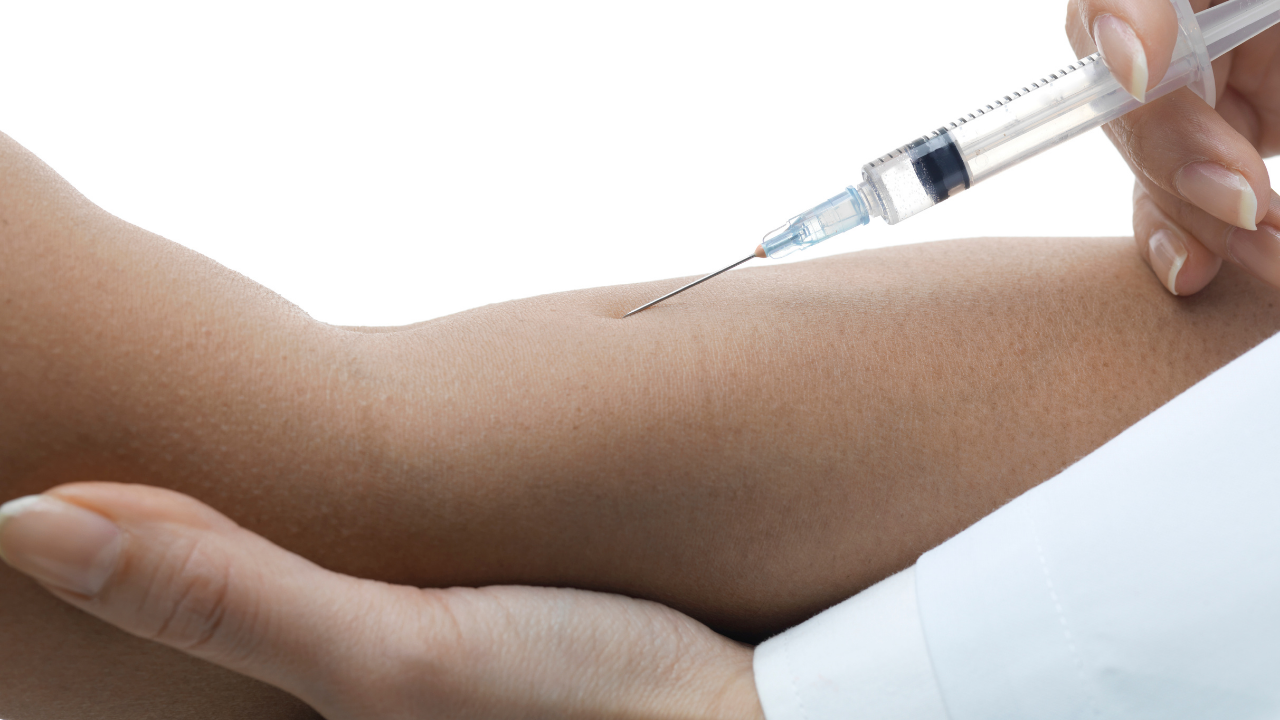Non-Responsive Tennis Elbow
Studies have shown physiotherapy to be the most effective way of managing Tennis Elbow with most cases responding to treatment, however, there are some resistant cases. These cases form the basis for the following discussion.
So, what options are out there for those resistant Tennis Elbows?
PRP (PLATELET RICH PLASMA)
A lot of research time as been given to the role of PRP injections for the treatment of Tennis Elbow. PRP involves an injection of a portion of your own blood back into the extensor tendons of the elbow. It is thought that the regenerative chemicals and cells in the blood will enable the tendons of the elbow to heal itself. Research is mixed, however, many agree that PRP is a reasonable treatment of choice for patients who have failed to improve with relative rest, physiotherapy, dry needling, bracing or taping and a graded strengthening program.
If you want to know about PRP, get in touch today.
SHOCKWAVE THERAPY
Radial pressure shockwave therapy is a relatively new modality for the treatment of Tennis Elbow. It is a non-invasive procedure and it involves passing shock waves through the skin to the lesion area using a special device. Today, it is used worldwide to treat a variety of musculoskeletal conditions.
The high energy acoustic waves promote regeneration and reparative processes of the soft tissues, inducing tissue repair, enhancing microvascular growth and thus relieving the symptoms of tennis elbow. Research is currently unable to draw conclusions as to the effectiveness of SWT due to the small number of studies and participants within each trial. This aside, SWT is a feasible option should conventional therapy fail and surgery is the only other option.
NITROGYLCERIN PATCHES
In the search for treatment options other than surgery for resistant Tennis Elbow, came the use of Nitrate patches, which are commonly used in the management of angina (chest pain). The properties of the patches that are proposed to assist in treatment of tendon related issues arises from the vasodilation and consequent increase in blood flow.
Studies have shown benefits of the patches a few weeks after use, however, results years later are varied. Further research is required before Nitrate patches are recommended routinely.
If you want to know more, call us to discuss.
CORTISONE INJECTIONS
Fort a long time, cortisone injections were chosen as the initial treatment of choice for patients with severe symptoms. Cortisone in a steroid and a strong anti-inflammatory.
Although cortisone injections have been shown to result in excellent initial improvements, with almost 80% reduction in symptoms after 3-6 weeks, patients who have had cortisone injections, had an increase in pain after 6 weeks. By 3 months, most patients have been shown to decline in function. This deterioration is almost always followed by delayed healing, resulting in the patients who have had a cortisone injection to have almost 30% more pain after 12 months than if they had followed advice alone.
Cortisone injections are not recommended as a standalone treatment for Tennis Elbow, even in the resistant cases. If you want to know more about how the cortisone injection effects the tendon cells, let us know and we will be happy to discuss with you!


